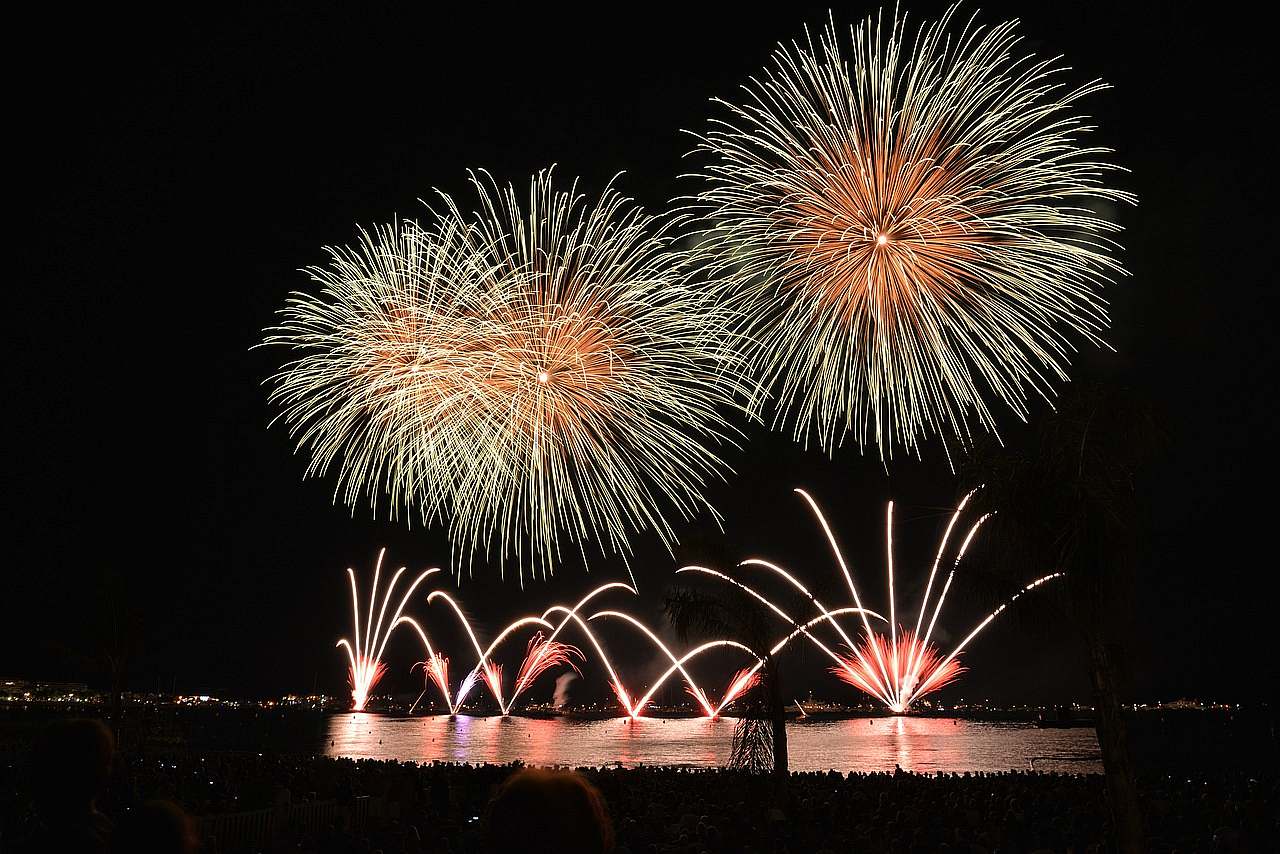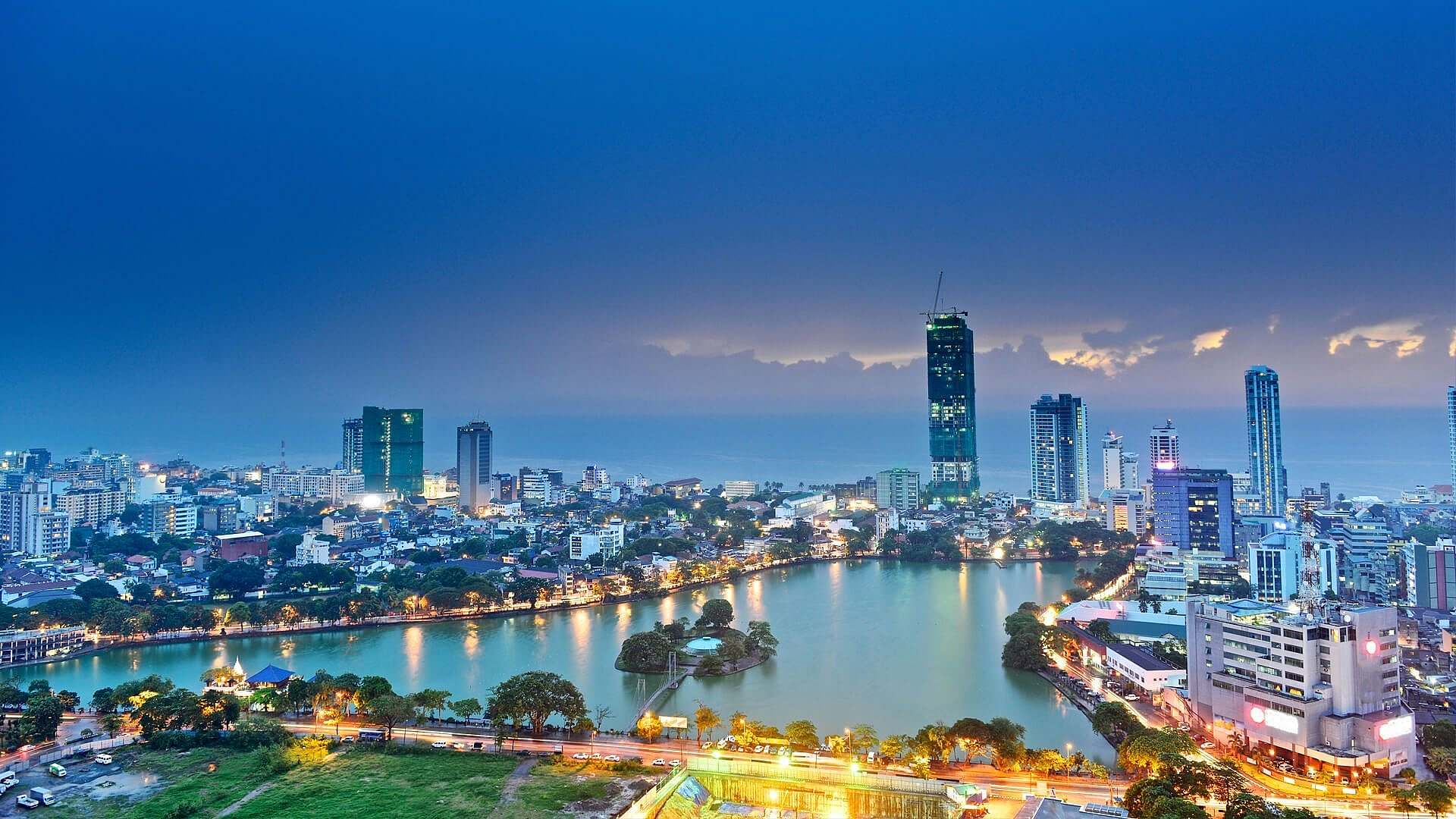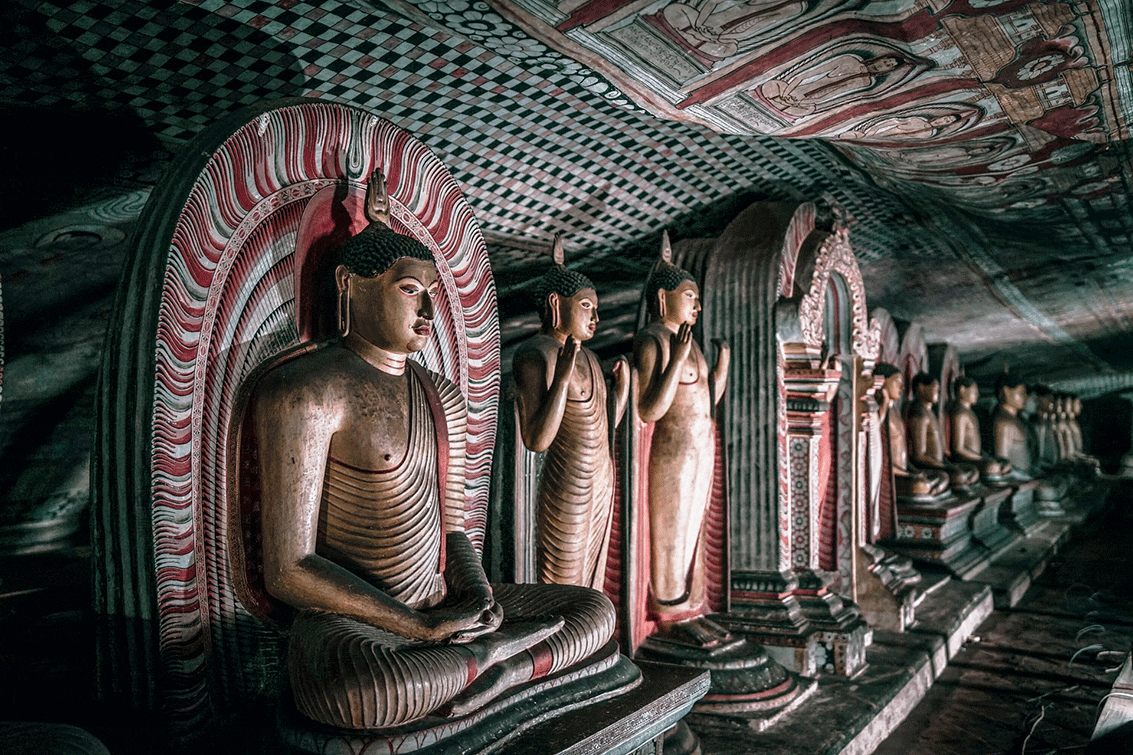Table of Contents
- The Kirinda
- The King Kelanitissa saga
- Misdeeds and natural retribution
- Offering of the king’s daughter as a sacrifice
- Wedding ceremony
- Magnificent Maha Viharay
- Events in history
- Travelling to Kirinda
The Kirinda
After visiting the creamy-white Tissamaharama Chaitya, our next destination was the southern Sri Lankan city of Kirinda. It was a warm day in the drought-stricken Southern region, and the late-morning sun’s beams penetrated Kirinda’s jagged boulders. The brownish terrain was visible in every direction we gazed. Near the entrance to Yala National Park, we spotted a herd of cattle wandering in quest of water. When we visited the South a month ago, conditions had deteriorated.
The King Kelanitissa saga
Looking through the Mahavamsa chronicle, we discover that sad events tarnished the chronicles of the 2nd century BC, under the reign of King Kelanitissa of Kelaniya. The monarch was informed of the romantic relationship between his brother, Prince Ayy Uttika, and his queen. One of the bhikkhu’s servants in the imperial household was promoting the extramarital affair.
Misdeeds and natural retribution
As the bhikkhu was departing the royal palace, he placed on the ground a love letter he was carrying and intended to give to the queen in order to attract her attention. The monarch was astonished to see the handwritten note when he turned around in response to a rustling sound.
In a fit of pyrotechnic rage, the monarch ordered the bhikkhu and the perpetrator to be thrown into the sea after being placed in a scalding cauldron. After committing this heinous act, the sea gods were so enraged by the bhikkhu’s horrific death that they sent a massive tidal wave that inundated the country.
Offering of the king’s daughter as a sacrifice
Due to the damage the sea and winds had caused, the monarch was uneasy as violent tidal surges engulfed the area. As an act of penance, he sacrificed his one and only beautiful daughter to the sea in the hope that the sea gods would be appeased. The princess, whose beauty was unparalleled, was deposited on a golden boat with an inscription identifying her as Devi, the daughter of King Kelanitissa, who had been sacrificed to the sea.
The golden ship carrying the beautiful princess that had been abandoned washed up at Dovera, a location near modern-day Kirinda (off Tissamaharama). When the fishermen observed the princess and the boat drifting closer to the shore, they alerted King Kavantissa of Mahagama. Now, the wise and righteous monarch swiftly intervened to rescue the princess. The monarch, who had arrived with a group of imperial ministers, instructed the fishermen to bring the boat carrying the princess to a safe landing.
As soon as the beautiful princess landed, the monarch greeted her with a royal handshake and led her to the king’s capital, Mahagama, in a boisterous procession. She eventually became his unrivalled monarch. Since the site of Princess Devi’s landing was a monastery known as Lanka Vihara, she was appropriately labelled Vihara Maha Devi. According to a Brahmi inscription, this cave monastery dates back to the first century BCE.
Wedding ceremony
As a memorial to the event, the monarch constructed a Chaitya on the promontory overlooking the Kirinda Sea. This has been gorgeously restored, revealing its majesty and sanctity in all their glory. Mythology permeates the royal union of King Kavantissa and Vihar Maha Devi.
Magnificent Maha Viharay
According to the legend, King Kavantissa and Princess Devi were married at Yala National Park’s Magul Maha Viharay. These rock cave Viharas were constructed in the style of monasteries, Dagabas, and Buddha statues as a means to celebrate their magnificent wedding.
This group of rock cave hermitages has drip-ledges at the summit, and above these drip-ledges are Brahmi inscriptions from the Kavantissa and Dutugemunu administrations of Ruhunu Rata, dating to the second century BCE.
A recently restored Dagaba, granite lakes, and a Buddha statue in a reclining position are additional archaeologically significant relics. On the surface of the promontory are numerous standing stone pillars and a set of stairways carved from the rock. Up until recently, there was a group of Bhikkhunies residing in the cave.
According to legend, they were married at Lahugala Magul Maha Vihara in the Eastern Province, and a temple was built to commemorate the event. A stone structure known as Magul Poruwa is still visible today in Lahugala.
The folkloric account of the marriage of King Kavantissa and Vihara Maha Devi and the subsequent construction of the Vihara and other buildings is retold here. According to a second hypothesis, the Dagaba and other structures were erected near Pottuvil in the Eastern Province to commemorate the beach landing of Princess Vihara Maha Devi.
According to a second legend, Vihara Maha Devi arrived at the ancient port of Mahagama, located at the estuary of the Kirindi Oya.
Events in history
At Kirinda Vihara, when one ascends the stone steps engraved on the outcrop from King Kavantissa’s legendary days, one is ascending the steps of history entwined with this sacred site, which one could recount step-by-step as one ascends the etched stone steps. With a view of the turbulent ocean and the tranquil Kirinda Bay (now Fisheries Harbour), which was recently rebuilt with Japanese assistance and is protected by large boulders, there is still a creamy white Dagaba built on the ruins of the original Dagaba to commemorate the momentous occasion of the princess’s boat being cast ashore.
The true wonder of Kirinda is revealed when you visit the small but breathtaking Dagoba, which terminates at the sea. The Dagaba, the statue of Queen Vihara Maha Devi, and the shrine to the deity Kataragama are perched atop enormous protruding rocks in the Indian Ocean. As you approach the summit, the phrase “Muhuda Bili Ganee” (the sea claims sacrifices here) is emblazoned in enormous letters on the rock mound. The sea below roars and churns, sending chills down pilgrims’ spines and convincing even the most cynical to accept this as true.
Travelling to Kirinda
Kirinda is not typically included in Sri Lanka tour itineraries. Its remote location in southern Sri Lanka is the primary cause. However, tourists who visit Yala National Park are more likely to see Kirinda Temple. Kirinda is only a few hundred metres from Yala National Park. To reach Kirinda, however, travellers must journey an additional kilometre past Yala National Park.




